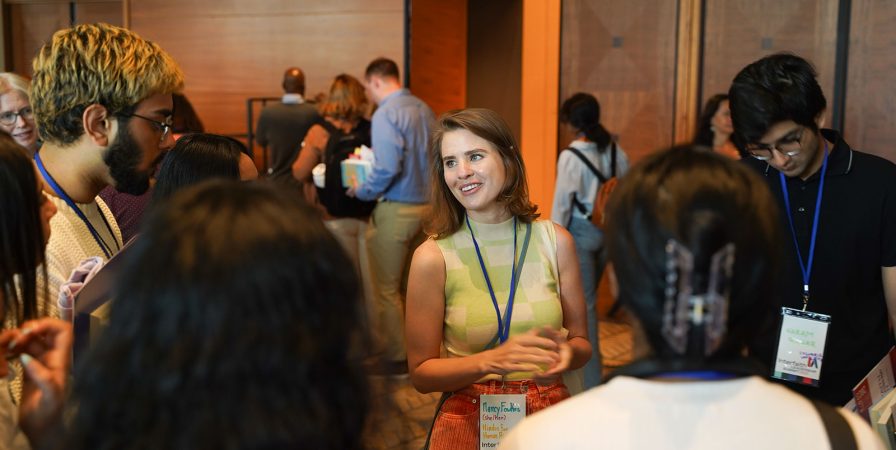Tool
How to Hold a Speedfaithing Event
Learn how to organize speedfaithing sessions, a short and sweet way to present religious or philosophical values.

An organizing plan for student-organized speedfaithing sessions.
Replace “long walks on the beach” with “voicing values.”
What is speedfaithing, you ask?
Speedfaithing is a short and sweet way to present your religious or philosophical values in a safe space. Folks will be able to learn positive aspects of your worldview and ask questions about it to a real live person—you!
How does it work?
The first ingredient to a successful speedfaithing is a person who is open to sharing about their religious or philosophical tradition. While we can always read books and articles about different religious or ethical perspectives, speedfaithing takes it a step further. If we learn from someone sharing the personal experiences about their religion or philosophy, we are able to build positive relationships with diverse groups of people while learning. I smell a win-win.
These times can vary per your needs, but a speedfaithing session typically lasts 20 minutes. The presenter will share about their values—sacred or secular—for about 10 minutes and then take questions from the audience for another 10 minutes.
How to Structure:
- The presentation should begin with basic information. Think “first paragraph of a Wikipedia page” kind of information.
- Make a point to highlight a shared value. In other words, what from your background can you see present in many other traditions (think love, service, mercy, etc.)? Inspiring stories, people, and texts from your background are particularly solid sources to draw from for this.
- Finally, address anything you perceive as misconceptions. What are the things you’ve heard said of your background that make you squirm because they don’t actually match up with your experience? Use this as an opportunity to clear up those misconceptions.
Tricks of the Trade
- Speak for yourself using “I” statements. This helps to respect everyone’s unique experience of their tradition and to steer clear of generalizations that might run the risk of being harmful.
- Keep it simple. Assume that everyone in the room knows nearly nothing about your background. So when you’re speaking, use simple, clear, and direct language. If you do need to use technical language, define it.
- Consider using images or a short video. Sometimes words just don’t cut the mustard. When appropriate, use images or video to complement your presentation (key word here is “complement”). Also, none of those text-heavy PowerPoint slides!
- If you can, prepare a (useful) one page handout. Good handouts do things like summarize a lot of the major points that you talked about, share “Top 5 ways to engage my community on campus,” or point people in the right direction if they want to learn more after the event.
- Talk it through. The best thing you can do is talk your speedfaithing session through with someone else. Ask them if there’s anything that doesn’t make sense or needs clarification.
Tell them what you want people to get from the session and see if it lines up with what they’re hearing.
To see what a speedfaithing looks like in action, check out one of our virtual speedfaithing sessions. This will give you a solid idea of how all of these tips and tricks look once put into practice. As always, know that these are tools—use them however you see fit, and tweak them to fit your own needs!